“It’s Paris meets Egypt,” said Olivier Rousteing before his Balmian show: “because every morning when I wake up I see the Obélisque on La Concorde, and the Pyramide du Louvre . . . . I think it’s really important to mention that so much of the beauty of Paris is in its history, and its history is not only what we call French.” Egypt is a significant part of the visual dialect of postcolonial Parisian architecture thanks in part to Napoleon Bonaparte’s small-man-complex warring there: The Foire du Caire was built in 1798, while the Fontaine du Palmier and the Fontaine du Fellah followed a few years later. The Luxor Obelisk, over 3,000 years old, a mighty sliver of heritage, was given to France in 1829 by the then-Ottoman ruler of Egypt—so they didn’t just steal it, British-style—and those pyramids were put in place as recently as 1989 by the Chinese-American architect I. M. Pei.
Rousteing returns every season to Paris as the prime inspiration for his collections because it is here—after his upbringing in Bordeaux and precocious apprenticeships in Italy—where, during the last eight years, he has defined his professional métier. By exploring the identity of the French capital he is, on various levels, also exploring his own—and interrogating it, too. So while this episode was heavily Egyptian in flavor, it retained certain key symbols, foundations, of La Patrimoine de Paris et de Rousteing: Marinière stripes; bourgeois bouclé jackets; assertive tailoring with hard Balmain shoulders; and, of course, the very handwork of the Balmain atelier that is intrinsic to the fabric of the Rousteing whole.
As for the Egyptian elements? Well, there was a Nile valley’s worth, all playfully expressed and all with an absolutely Rousteing-esque sense of drama. Cara Delevingne opened the show in a gleaming beaten-metal bodice—fantasy Cleopatra attire—as she sang along to “When Doves Cry.” There were funny, sexy mummy jeans and dresses in ribbons of wrapped, draped, and distressed muslin. Rousteing called the bags coffres—coffers—like mini sarcophagi for the internment of deep, dark Balmain-girl secrets. Pyramids were reimagined in plexiglass panels of different colors that went into the construction of hard, fierce, creatively rich, and invariably high-hemmed dresses. White triple organza, stiffened and rippling with pleat, was used in extreme, sculptural shapes—fanned in huge arcs around the body or across the shoulder—as both reference to kalasiris (pleated ancient Egyptian garments) and art. Black woolen tops and skirts were inscribed with white hieroglyphs.
This felt like a collection that dripped with clues, not only in the clothes but also in the soundtrack, to a particularly personal subtext, the key to which—just like the climactic moment at the Louvre pyramid in the gloriously cheesy Da Vinci Code—has yet to be fully revealed. Only Rousteing can do that, in his own time, and to try and beat him to it would be a baddie move: He should be the source of his own story, and the one to define its flow.
So. This was a great, hyper-stylized, incredible-for-editorial, super-defined Balmain collection from a young man whose journey of self-discovery, and whose exploration of identity, is being played out in digital real time and becoming increasingly compelling. It is written with both clarity and obliquity in his garments. If you can’t read the symbols, or you just don’t get it, move on.


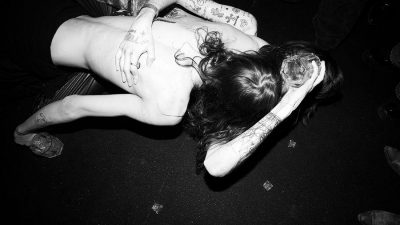













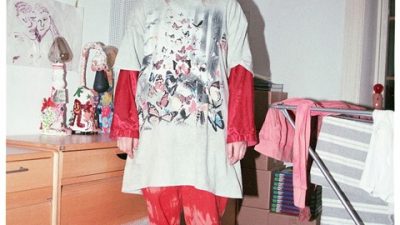


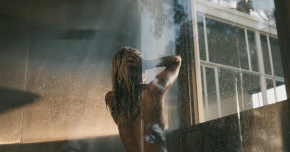

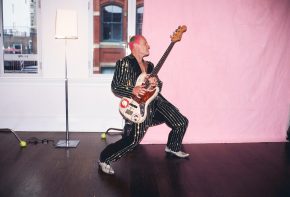


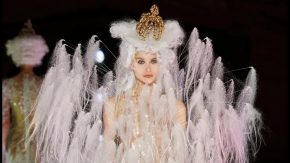
Comments